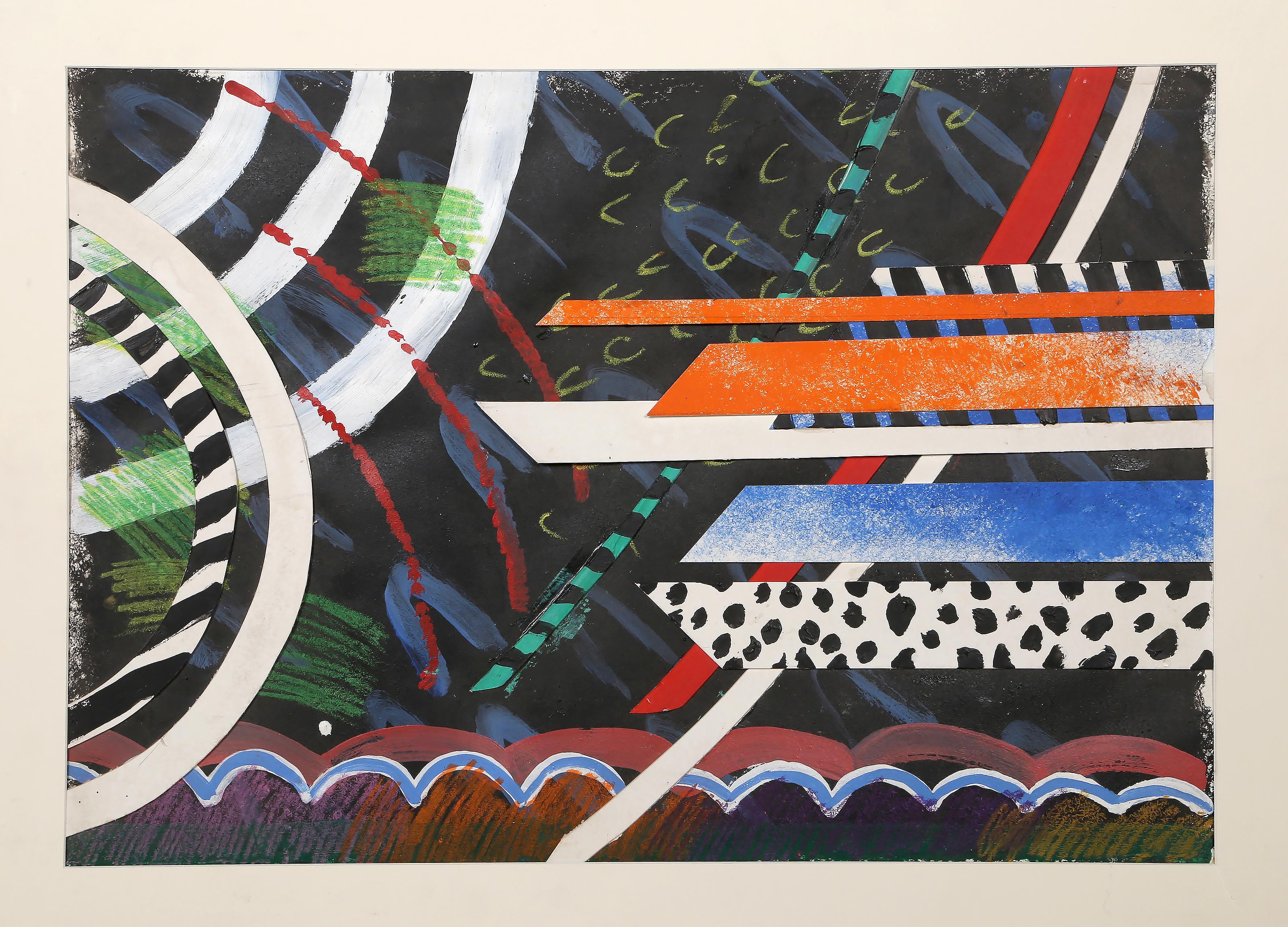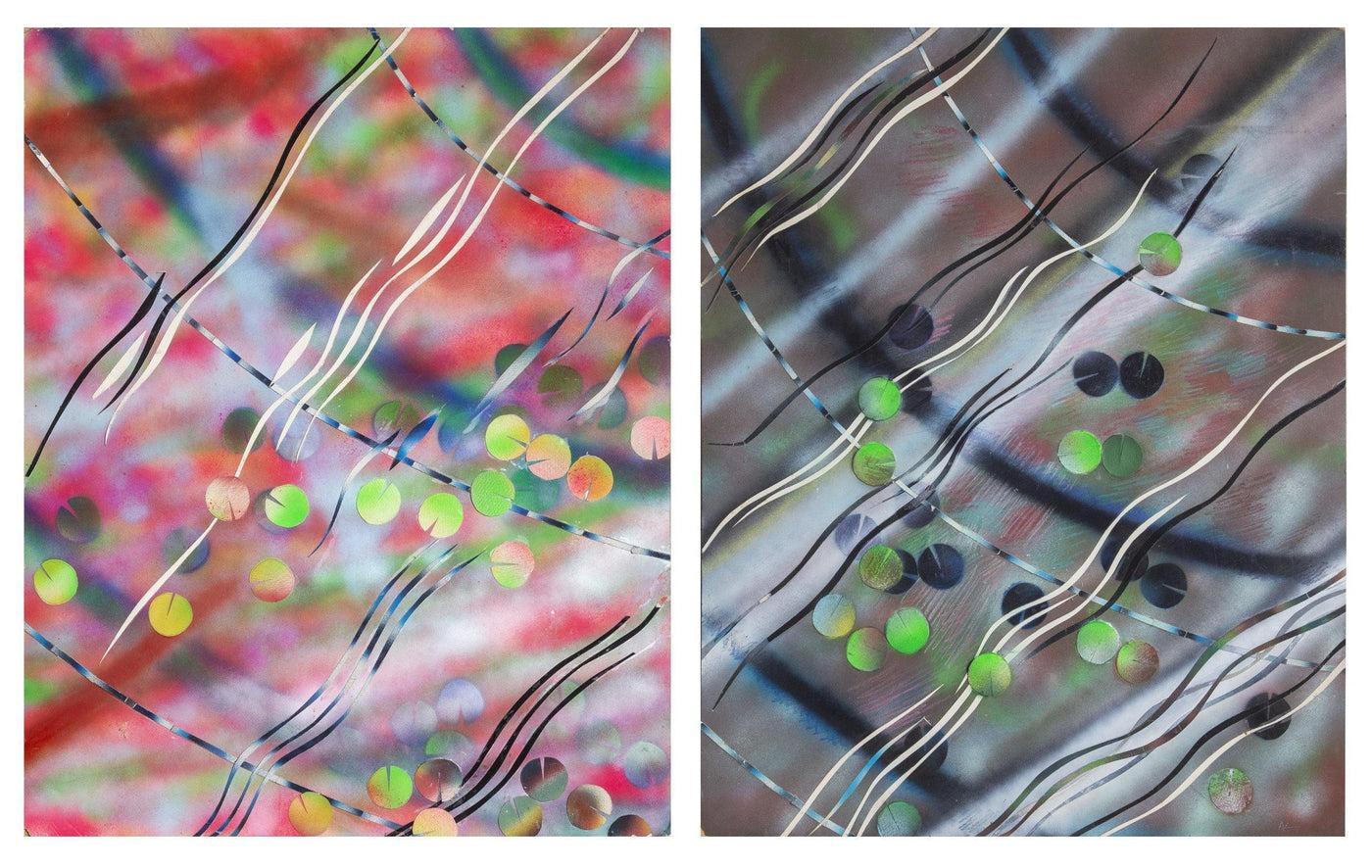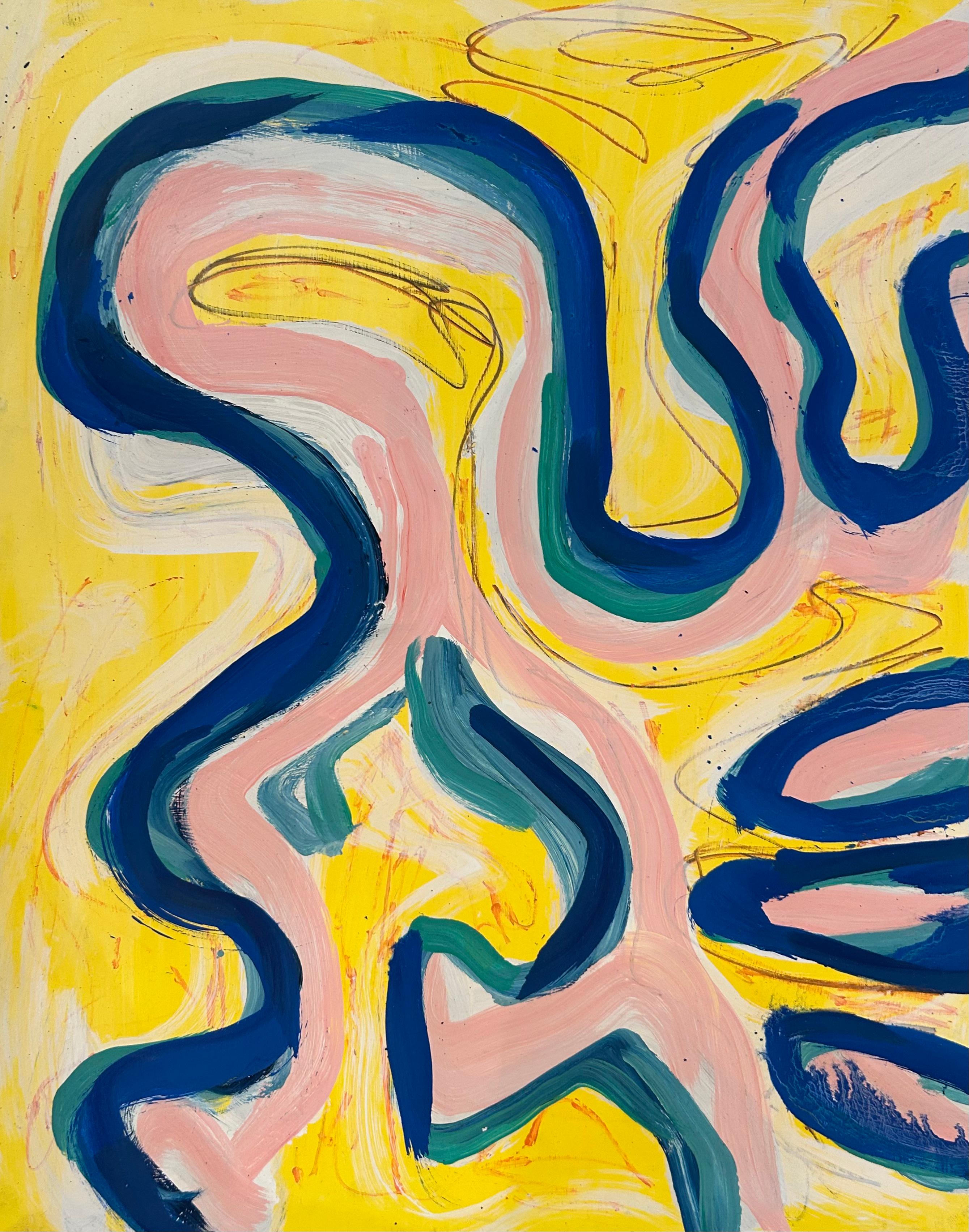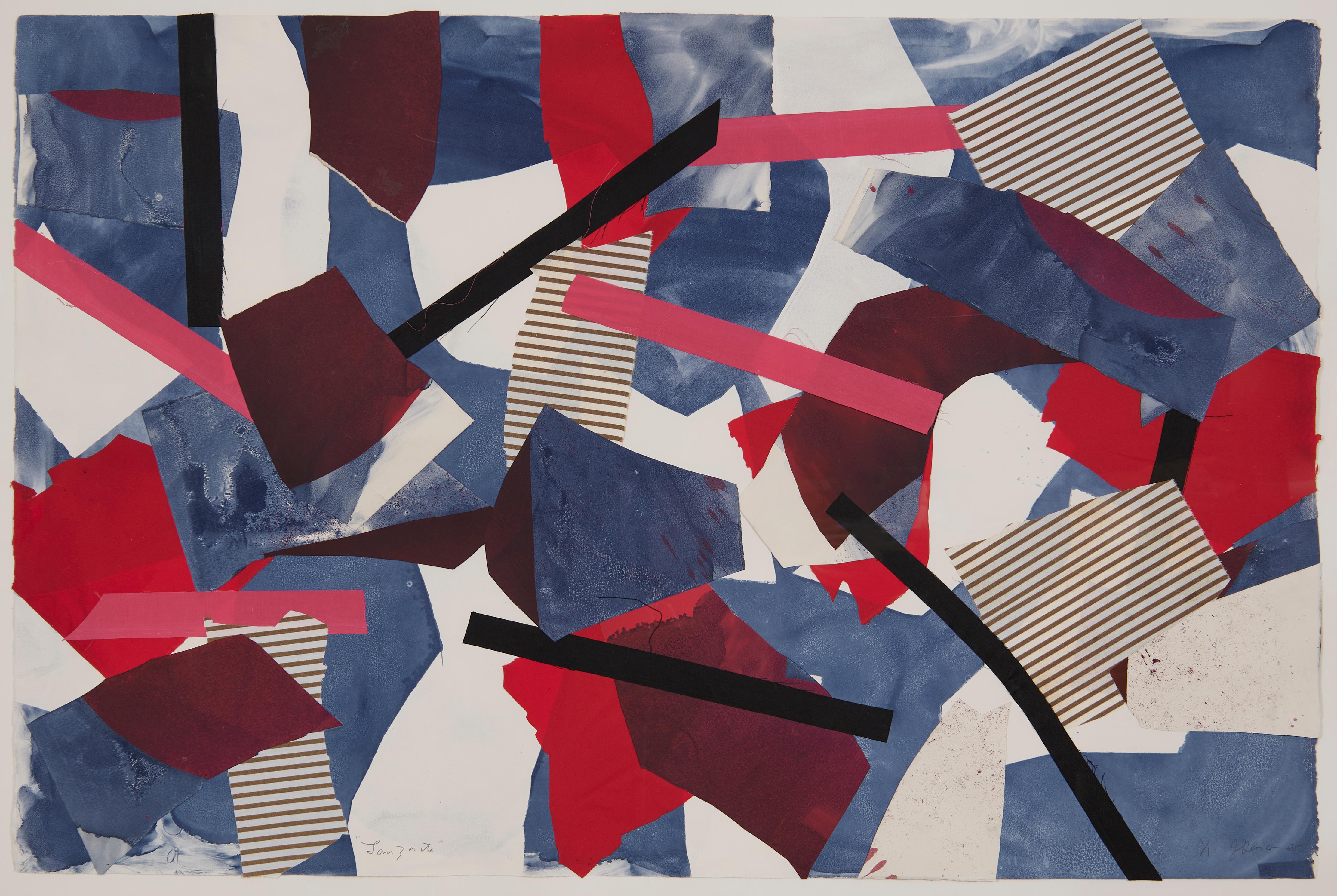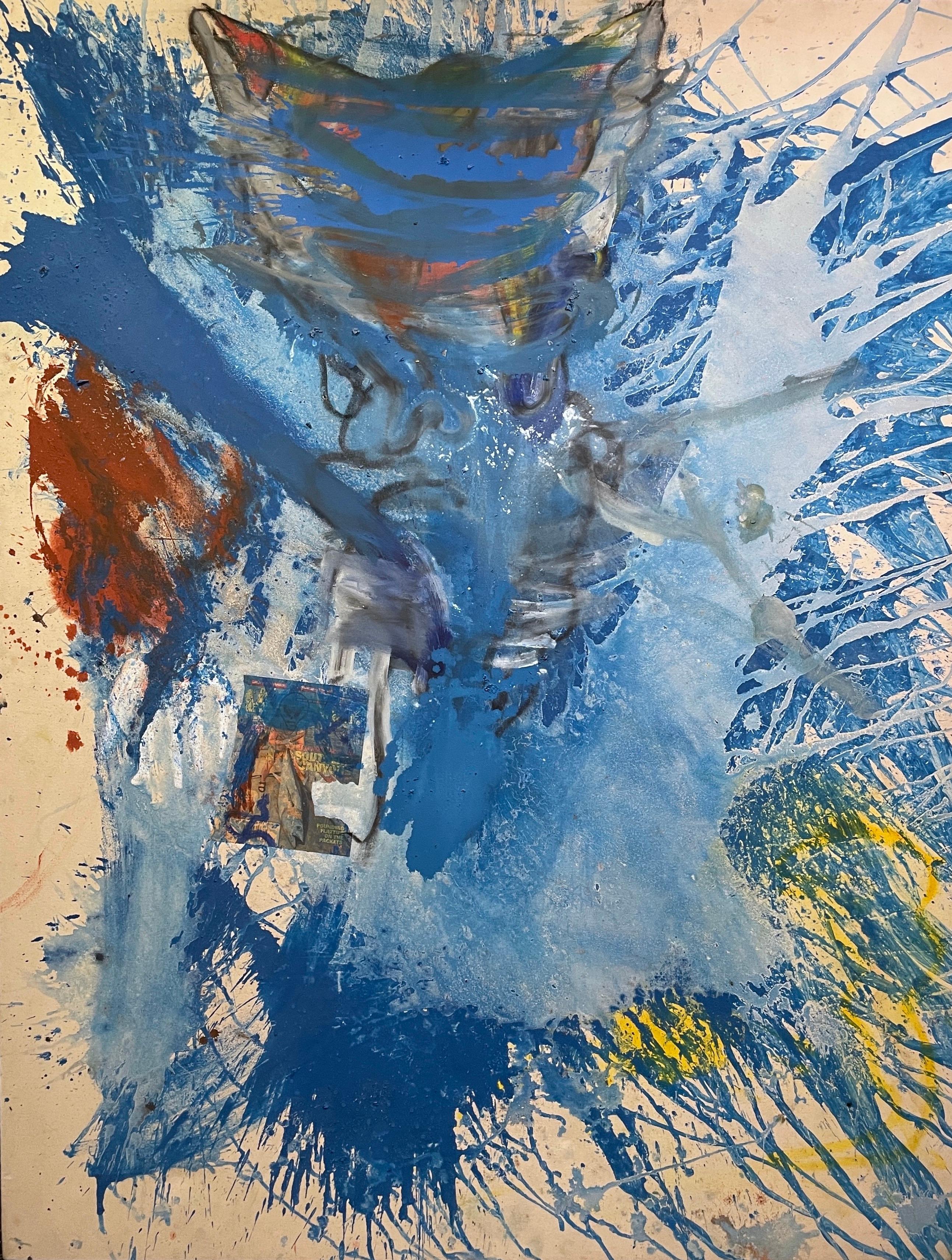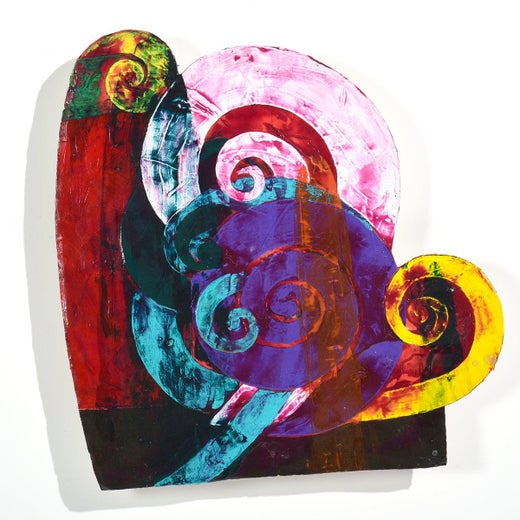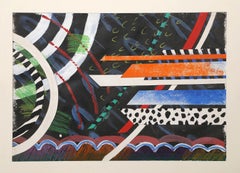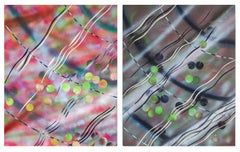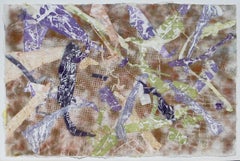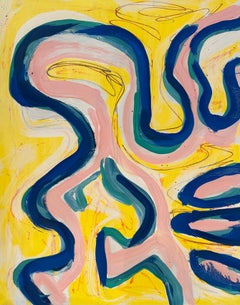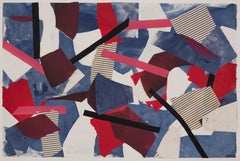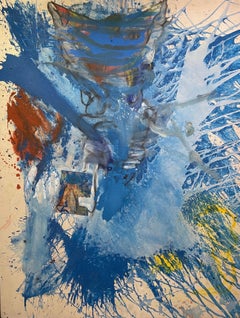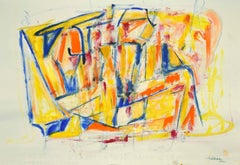Al LovingWhite Composition, Abstract Expressionist Collage by Al Lovingcirca 1980
circa 1980
About the Item
- Creator:Al Loving (1935-2005, American)
- Creation Year:circa 1980
- Dimensions:Height: 20 in (50.8 cm)Width: 29 in (73.66 cm)
- Medium:
- Movement & Style:
- Period:
- Framing:Framing Options Available
- Condition:
- Gallery Location:Long Island City, NY
- Reference Number:Seller: RO720771stDibs: LU46616267352
Al Loving
An innovative artist of abstraction who found inspiration in the hard-edge style of Minimalism as well as in the free-form creation of traditional quilt making, Al Loving was the first African American to have a solo show at the Whitney Museum of American Art.
Born in Detroit, Michigan, Loving was inspired to pursue art at an early age, captivated by the work of his father who had studied art and made his living as a sign painter and the quilting done by his mother and grandmother. He earned a BFA from the University of Illinois and an MFA from the University of Michigan.
Loving moved to New York in 1968, where his art, with its striking hexagonal and cubic shapes conveying a sense of spatial illusion, soon caught the attention of the art world. Just a year later, the Whitney Museum opened its exhibition of his paintings featuring geometric forms influenced by Abstract Expressionists like Hans Hofmann, who had taught Al Mullen, Loving's mentor in Michigan.
By the 1970s, Loving shifted to a new approach, experimenting with torn canvas and collage for kaleidoscopic patterns. Spiraling motifs laced over the layers of color, which the artist had joined together through strips of cardboard and canvas, blurring the line between painting and sculpture. In 1974, critic Peter Schjeldahl wrote in the New York Times that Loving’s pieces “energize the space around them” and appear to be “caught in the act of moving across the wall.”
Loving explained that he used abstraction “to speak directly to the art” and examine the changes in painting sparked by modernism, where “passion and feelings became real. The subject matter became less important than the art itself.” Loving was a longtime educator, and his legacy extends to the students he taught at the City College of New York from 1988 to 1996. He exhibited widely in his lifetime, with solo shows at the Studio Museum in Harlem, the Museum of Fine Arts, Boston and the Neuberger Museum of Art. His work is also in the collections of leading museums such as the Metropolitan Museum of Art, the Whitney and the National Gallery of Art.
Find original Al Loving art on 1stDibs.
- ShippingRetrieving quote...Shipping from: Long Island City, NY
- Return Policy
More From This Seller
View All1980s Abstract Expressionist Abstract Drawings and Watercolors
Pastel, Acrylic
1980s Abstract Expressionist Abstract Drawings and Watercolors
Pastel, Mixed Media
1980s Abstract Expressionist Abstract Drawings and Watercolors
Mixed Media, Acrylic
1980s Abstract Expressionist Abstract Drawings and Watercolors
Graphite, Monotype
2010s Abstract Expressionist Mixed Media
Paper, Mixed Media, Acrylic
1950s Abstract Expressionist Mixed Media
Masonite, Varnish, Magazine Paper
You May Also Like
2010s Abstract Geometric Mixed Media
Oil Pastel, Ballpoint Pen, Color Pencil
1980s Abstract Mixed Media
Fabric, Paper, Monotype
2010s Abstract Abstract Paintings
Canvas, Mixed Media, Oil
2010s Abstract Abstract Paintings
Paper, Mixed Media
2010s Abstract Abstract Paintings
Mixed Media
2010s Abstract Abstract Paintings
Paper, Mixed Media
Read More
Romare Bearden’s Humanity Infuses His Bright, Bold Art
Through collage, painting and printmaking, the artist foregrounded Black life in America in revolutionary new ways.
Chryssa’s 1962 Neon Sculpture Was Way ahead of the Art-World Curve
By working with lettering, neon and Pop imagery, Chryssa pioneered several postmodern themes at a time when most male artists detested commercial mediums.
